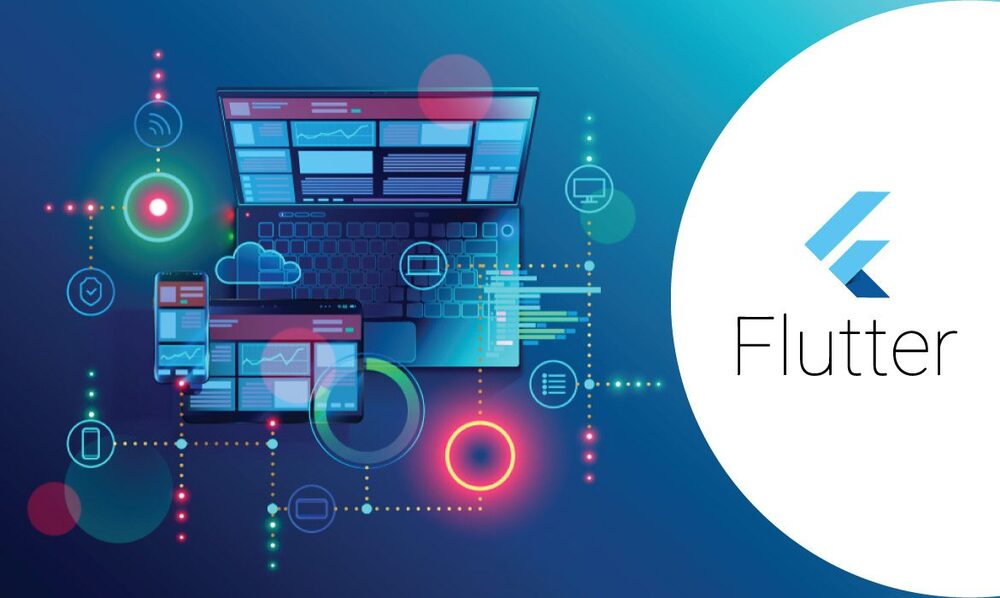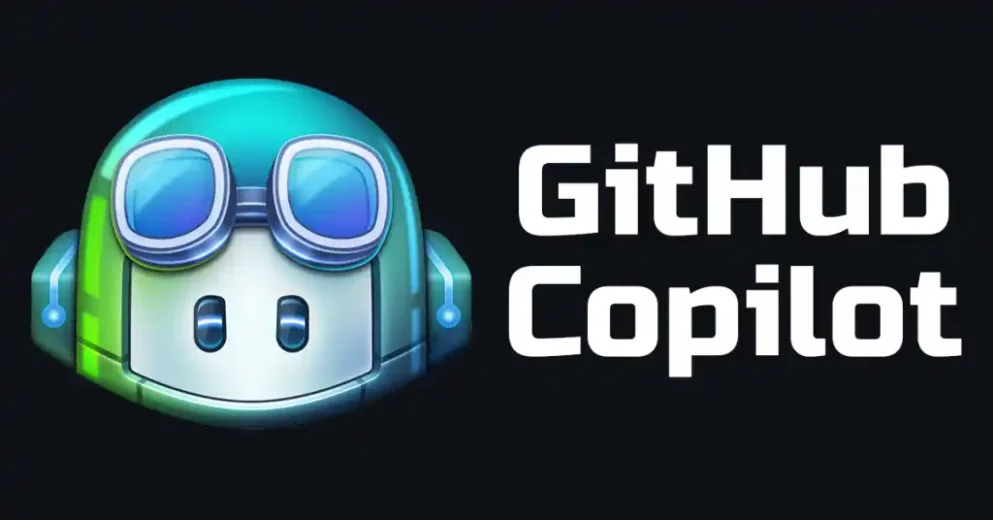Flutter: An Efficient Multiplatform Mobile Application Framework
Flutter is a multiplatform mobile application framework created by Google. Flutter allows developers to build apps that can run on various platforms such as Android, iOS, websites, and desktops, with just one codebase. In this article, we'll discuss the advantages and disadvantages of Flutter, as well as how to implement it.
Pros of Flutter
- Easier and Faster Application Development
Flutter provides a variety of features that make the application development process easier and faster, such as easily customizable user interface widgets and a Hot Reload feature that allows developers to see code changes immediately. - Attractive Custom User Interface
Flutter offers a variety of widgets to create an attractive user interface, from layouts, navigation, animations, themes, fonts, to scrolling settings. - Lower Development Costs
Since Flutter is a framework for multiplatform app development, developers don't need to create separate apps for each platform. This can save time, effort, and development costs. - Native App-like performance
Flutter combines native app code and a powerful rendering engine, so apps can perform well on multiple platforms without sacrificing performance.
Disadvantages of Flutter
- Not Many Third-Party Libraries
Since Flutter is still relatively new, the developer community is still growing. As a result, the number of third-party libraries available is still limited, so developers have to be more creative and do a lot of experimentation. - Large-Scale Resulting Applications
Although the performance of Flutter apps is quite stable, the resulting apps tend to be large, so they can take up storage space on the user's device. - Flutter Implementation
To use Flutter, you need to install the Flutter SDK, an IDE that supports Flutter (such as Android Studio, VS Code, or IntelliJ IDEA), as well as some additional requirements depending on the platform you are going to (e.g. Xcode and CocoaPods for iOS development).
Flutter Multiplatform
One of the key features of Flutter is its ability to build applications that can run on multiple platforms, known as "multi-platform". Using Flutter, developers can create apps that are compatible with several major platforms, including:
- iOS: Flutter allows the creation of apps that can be run on iOS devices, such as iPhones and iPads.
- Android: Flutter supports app development for Android devices, including smartphones and tablets.
- Web: Flutter provides experimental support for running Flutter apps on the web. This means that developers can create Flutter apps and configure them to be accessible through a web browser.
- Desktop: Flutter is also developing experimental support for desktop apps, such as Windows, macOS, and Linux. Thus, developers can try to create desktop applications using Flutter.
With this multi-platform capability, Flutter allows developers to write code once and run it on multiple platforms with few changes. This can save time and effort in software development, especially for large projects with diverse target users.
Implementation for Using Flutter
Here are the steps to implement Flutter:
- Installing Flutter: You can download and install the Flutter SDK through the official website of Flutter, https://docs.flutter.dev/get-started/install
- Choosing a Platform: Select the operating system according to the device you will use for development, such as Windows, macOS, or Linux.
- Menyiapkan IDE: Use an IDE that supports Flutter, such as Android Studio, Visual Studio Code, or IntelliJ IDEA. Make sure you have installed the Flutter and Dart plugins in your chosen IDE.
- Meet the Requirements: In addition to the Flutter SDK, you will also need to meet additional requirements depending on the platform you are going to, such as:
- Browser Chrome: Untuk menjalankan dan men-debug aplikasi web.
- Visual Studio 2019: With a "Desktop development with C++" workload for Windows desktop development or "Universal Windows Platform development" for UWP development.
- Xcode dan CocoaPods: For macOS desktop development.
- Clang, CMake, GTK development headers, Ninja build, pkg-config: For Linux desktop development.
After preparing the development environment, you can start creating a new Flutter project in the IDE of your choice and start writing code using the Dart programming language.
Make Your App Multiplatform with Flutter
PT Neuronworks Indonesia is present as a trusted partner in the implementation of reliable and scalable information technology solutions. With more than 10 years of experience in the IT industry, we are ready to help optimize your business database infrastructure with High Availability solutions that are customized as needed.
Our services include:
- Consulting and Development using Flutter
- Database Performance Optimization
- 24/7 Monitoring & Support
- Security Assessment & Implementation
Hubungi Tim Ahli Kami Sekarang for a FREE consultation on the right High Availability Database solution for your business!






 Have any question?
Have any question?